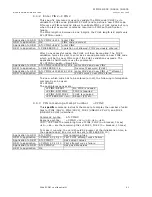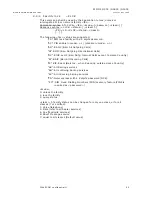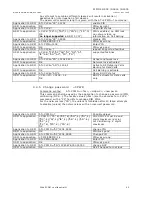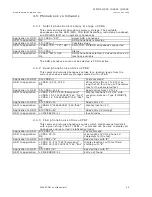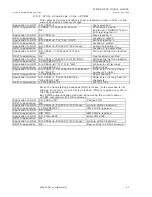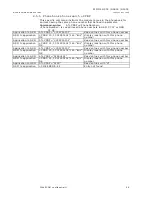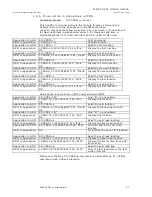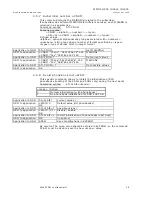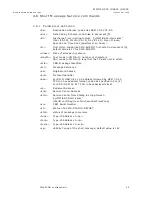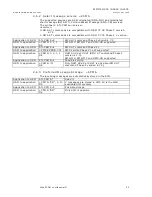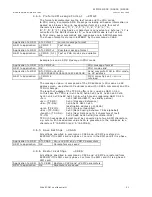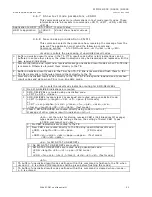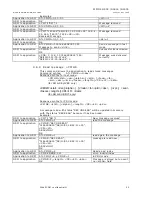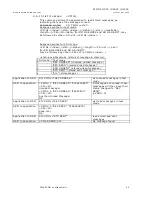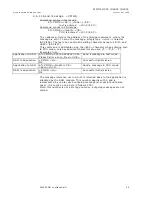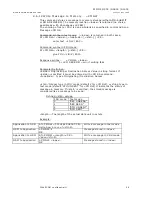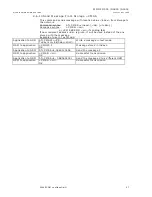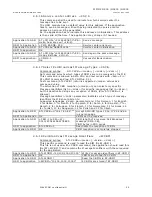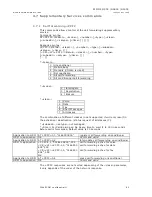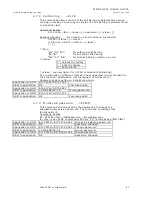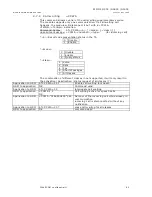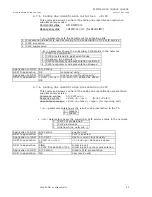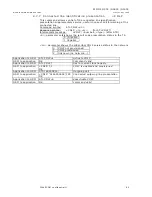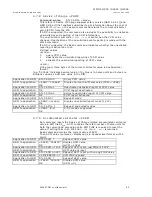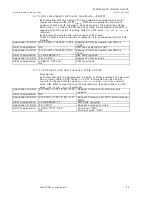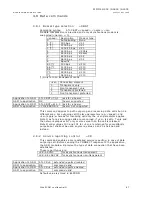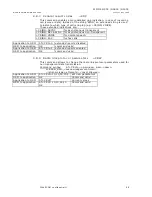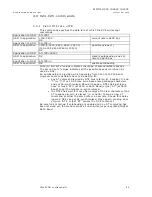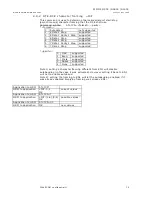
WMO2 G900 / G1800 / G1900
WCOM/GSM/WMO2/WMO2ATDOC
Friday 21 May 1999
WAVECOM confidential ©
55
4.6.11
Send mCMGS
Command syntax in text mode:
AT+CMGS= <da> [ ,<toda> ] <CR>
text is entered
<ctrl-Z / ESC >
Command syntax in PDU mode:
AT+CMGS= <length> <CR>
PDU is entered
<ctrl-Z / ESC >
The <address> field is the address of the terminal network to whom the
message is sent. To send the message, simply type <ctrl-Z> character
(ASCII 26). The text can contain all existing character except <ctrl-Z> and
<ESC> (ASCII 27).
This command is abortable using the <ESC> character when entering text.
In PDU mode, only hexadecimal characters are used (‘0’...’9’,’A’...’F’).
Example of use:
Application to GSM
AT+CMGS="+33146290800"<CR>
Please Call me soon, Fred.<ctrl-Z>
Send a message in text mode
GSM to application
+CMGS: <mr>
OK
Successful transmission
Application to GSM
AT+CMGS=<length><CR>
<pdu><ctrl-Z>
Send a message in PDU mode
GSM to application
+CMGS: <mr>
OK
Successful transmission
The message reference <mr> which is returned back to the application is
allocated by the GSM module. This number begins with 0 and is
incremented by one for each outgoing message (successful and failure
case) ; it is cyclic on one byte (0 follows 255).
Note: this number is not a storage number - outgoing messages are not
stored.

